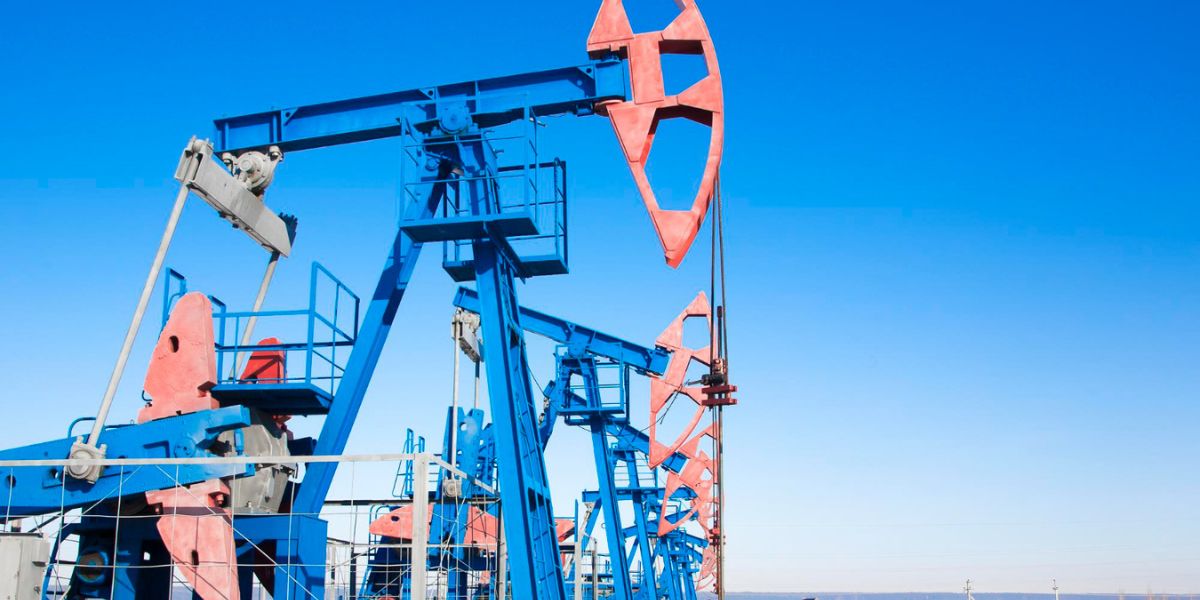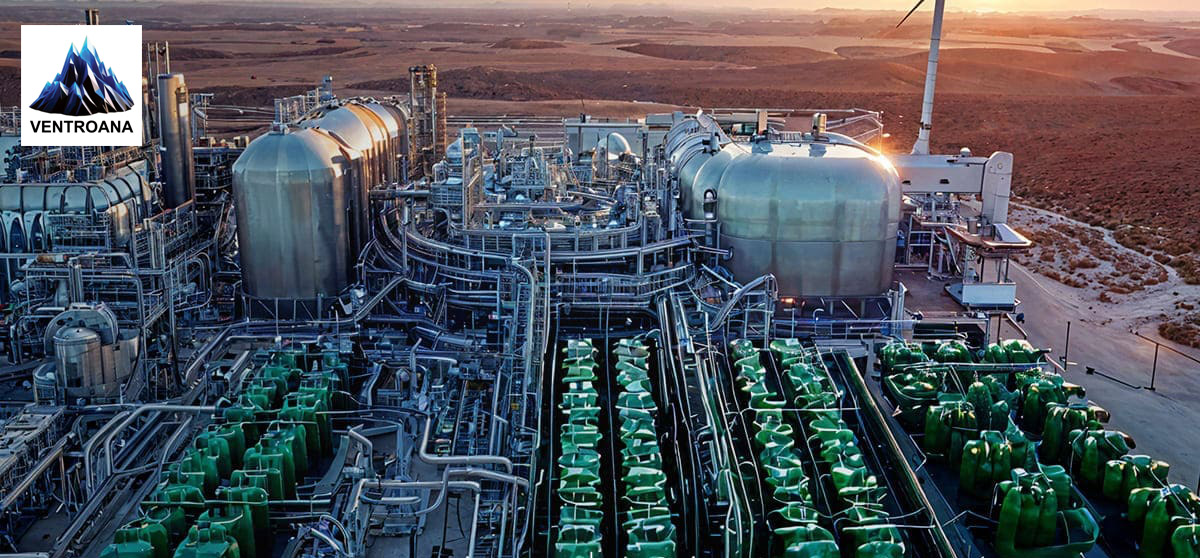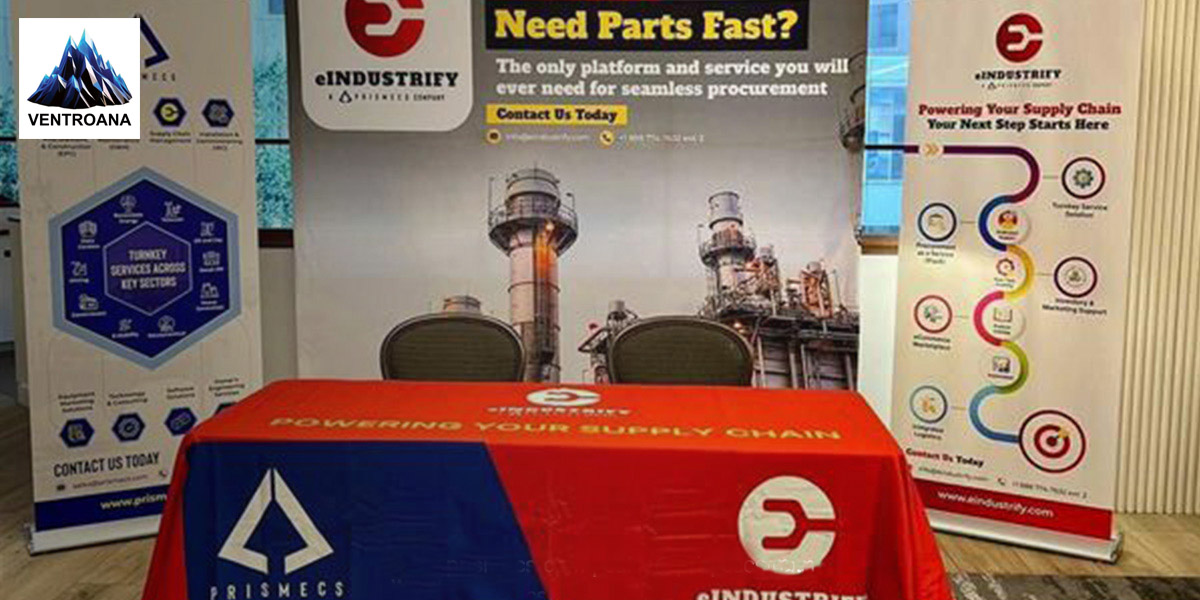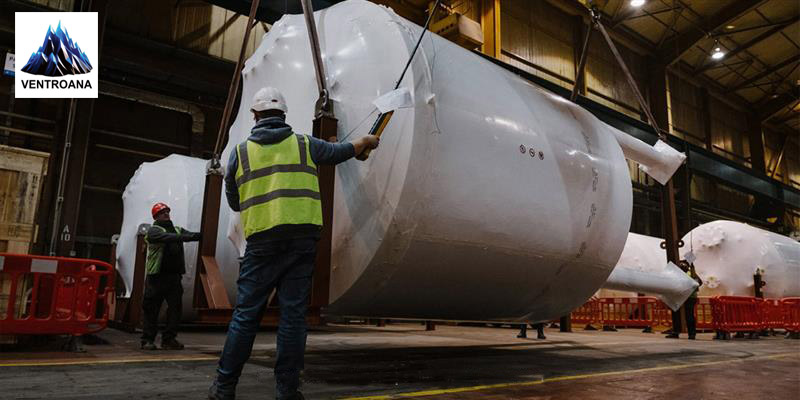Renewables
February 26, 2024

Oil-well cementing is pumping cement slurry down the annulus in mind of the casing & wellbore. This is known as the primary cementing process. The main function is to form a cement sheath that will ensure zonal isolation, support, and shield of the casing. For this purpose, you need exceptional oilfield & cementing services.
Also, these services are used to develop and pump cement into a wellbore. Cementing assists in protecting and sealing a wellbore. Using a cementing process to fill the void in the center of the casing and the borehole has three essential functions;
Supports the casing, shields it from corrosion, and isolates the well’s oil-gas-water-producing zones. However, it Prevents blowouts by forming a seal.
Cement is valued as the main ingredient of concrete, the most widely utilized construction material globally. Most kinds of cement are geared toward these diverse and widespread construction requirements. However, some types of cement reach beyond the building process to fill critical needs in other industries. One such product is oil-well cement, which the petroleum industry utilizes for drilling oil & natural gas wells.
Furthermore, it conforms to API Specification 10A for well-cementing processes. It performs consistently in well-cementing applications at extremes of in-depth temperature & pressure.
Oil-well types of cement are utilized for oil-well grouting, sometimes known as oil-well cementing. They are Portland or blended cement and additives. Oil-well cement should be slow-setting and withstand the massive temperatures and pressures of these in-depth wells.
The cementing services and processes play a vital role in well-drilling operations. The cement is combined with water and additives to form a slurry, which is then pumped into the well around the whole casing, which is the big pipe inserted into a newly drilled borehole.
Using the cement process to fill the void in mid of the casing and the borehole has three primary functions:
Whether it’s utilized for oil well drilling production or wellbore abandonment, the normal cementing process includes:
In many operations, the ground equipment for blending & pumping cement slurry belongs to a Cement Service Company contracted to ensure this service. The hardware layout will be different, but as usual, it will include the following items in the cementing services.
Dry cement is transported from one place to another or from the supplier or Service Company yard to the oil & gas company. Also, directly to the well-site by road, rail, or carried on a supply boat for offshore functions. The cement is stored in bulk silos, big bags & sacks.
Bulk silos come in different sizes and shapes, depending on whether part of a stationary installation or a mobile unit is available for space. The standard size is 38 m3 (1350 cubic feet), also frequently utilized for other bulk commodities such as bentonite & barite. The silos are fixed with nozzles for blowing air to ‘fluidize’ the dry material and a few arrangements to gauge the contents.
Bulk storage is customarily considered to provide operational convenience over the other two alternatives. It needs compressed air to move the dry powder.
The second cementing service used for the preparation of a slurry is done by blending the cement with the mixed water exerting enough shear to disperse particles and encourage accurate yielding into a homogeneous mass system.
The blending is done within the cementing unit with the help of cementing services. This can be a (semi)-permanently installed service on off-shore rigs or a mobile one called in for the job.
The slurry made in the cementing unit is typically pumped to the casing head via a temporary connection. A permanent line is installed in a few operations to link the cement unit with the standpipe manifold on the drilling surface.
The connection to the cementing unit is made via a short length of high-pressure hose or made up of Chickasaw joints. Secondary or remedial cementing is usually carried out via drill pipe and cementing stringer. In this scenario, the slurry is delivered to the standpipe manifold & CT unit via a temporary link or a dedicated delivery line.
Cementing unit Equipment or cementing services are developed for pumping cement into the well. They are utilized for drilling, workover, and killing well functions.
The main components of the cementing unit or cementing services are:
Cement helps shield well casings and helps achieve zonal isolation. Important to safer, environmentally sound, and profitable wells, zonal isolation is generated and maintained in the wellbore by the cementing procedure. Improve zonal isolation with multiple pressure, temperature, structural, and fluid characteristics. That’s why it’s essential to create customized cement formulations.
Also, it’s crucial to get cementing services or a unique pumping strategy for each well. The result is improved zonal isolation, better sheath resiliency, and boosted well integrity. Whatever your drilling strategy or however remote the area, Ventro Analytics' innovative cementing services, and technologies offer you a wide range of cementing solutions to achieve zonal isolation for the life of your well. You can connect through this number: 1888 7747632.
Tags:

Successful Implementation of Green Hydrogen in Power Plants
Discover how green hydrogen revolutionizes power plants with sustainable energy solutions, reducing ...

Driving Innovation and Resilience: Insights from the 10th Annual Energy Supply C...
Gain insights on driving innovation and resilience at the 10th Energy Supply Chain & Procurement Sum...

Understanding EPC Engineering: Key Concepts Explained
Discover the essentials of EPC Engineering, covering contracts, project phases, and roles of EPC con...